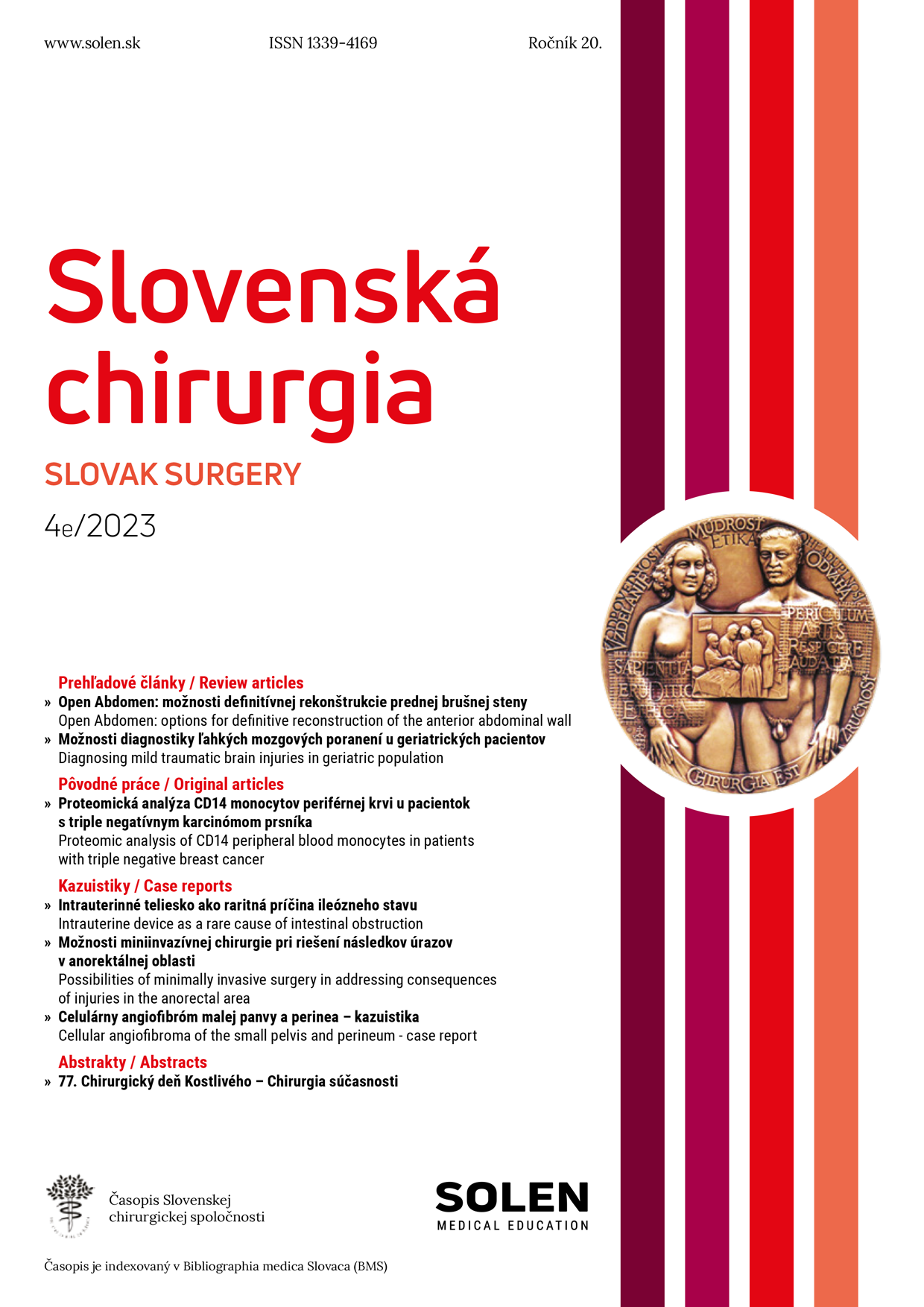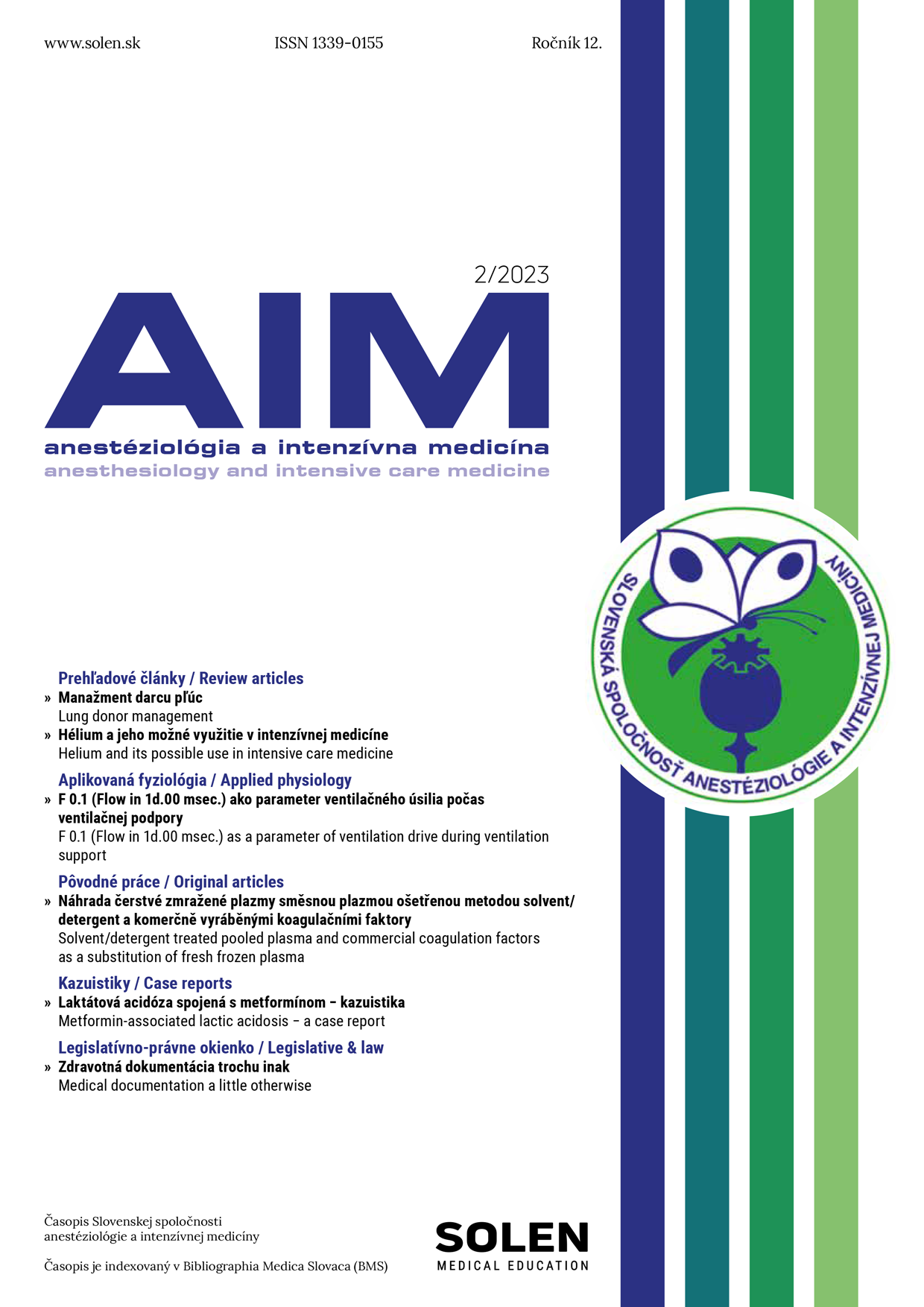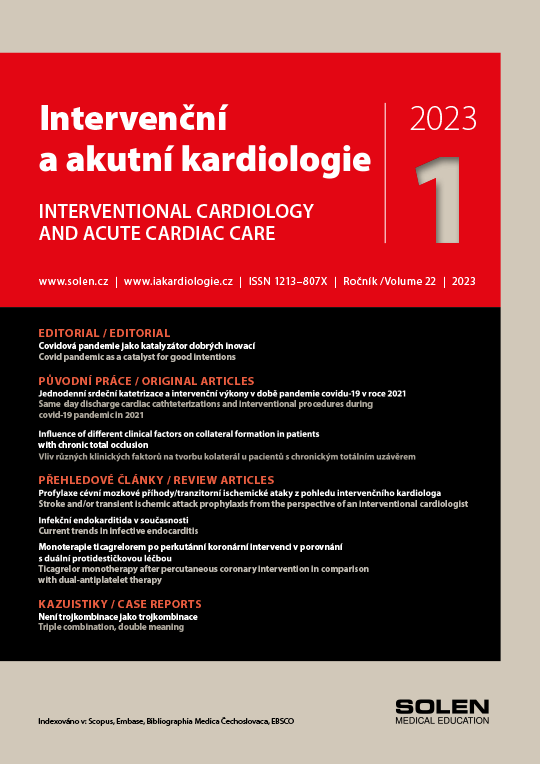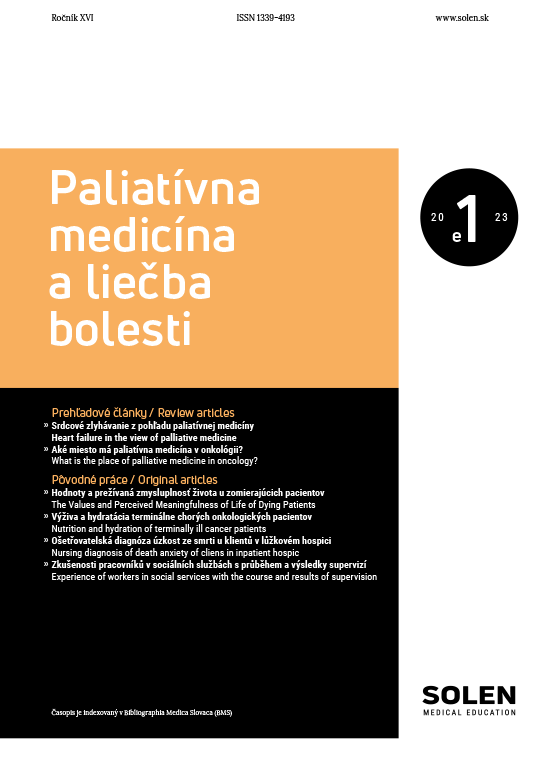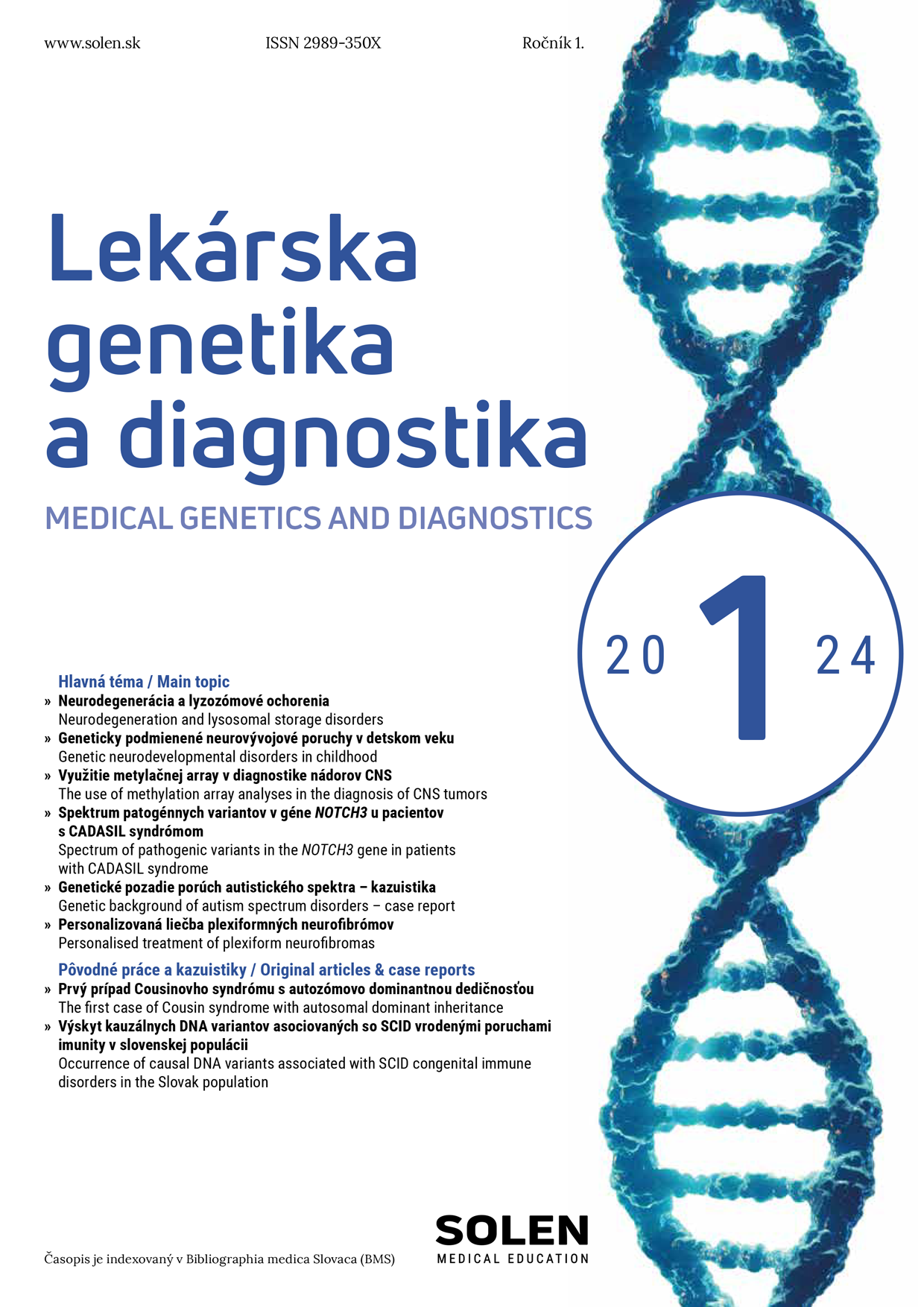Ambulantná terapia 3-4/2007
SÚČASNÉ POSTAVENIE BLOKÁTOROV RECEPTOROV ANGIOTENZÍNU II (SARTANOV) PRI LIEČBE ARTÉRIOVEJ HYPERTENZIE A V KARDIOLÓGII
doc. MUDr. Marian Sninčák, PhD.
V patofyziológii aterosklerózy, artériovej hypertenzie a ich komplikácií hrá úlohu množstvo mechanizmov a renínový systém je jeden z najdôležitejších. Blokádou tohto systému možno zasiahnuť do významných kardiovaskulárnych a metabolických regulačných mechanizmov; efektívne redukovať tlak krvi, dosiahnuť regresiu ľavej komory srdca či zabrániť jej rozvoju, a podobne tiež zabrániť (oddialiť) vznik ďalších najčastejších komplikácií hypertenzie ako sú ateroskleróza, ischemická choroba srdca, cievne mozgové príhody, nefroskleróza a zlyhanie obličiek. Zlepšujú aj inzulínovú rezistenciu a znižujú riziko vzniku diabetu 2. typu. Okrem inhibítorov konvertázy angiotenzínu I, boli objavené sartany (inhibítory AT1-receptorov pre angiotenzín II, ARB). Od roku 1994, keď boli predstavené prvé ARB (losartan) sa postupne objavili ďalšie (valsartan, irbesartan, candesartan, telmisartan, eprosartan, olmesartan). Dnes používame sartany ako antihypertenzíva prvej voľby, pretože veľké štúdie dokázali, že nielenže znižujú tlak krvi, ale významne redukujú aj kardiovaskulárnu chorobnosť a úmrtnosť podobne ako štandardné antihypertenzíva. V porovnaní s ostatnými antihypertenznými farmakologickými látkami sú však najlepšie znášané a aj staršími pacientmi. Očakávame výsledky práve prebiehajúcich štúdií s novou generáciou sartanov u vysoko rizikových pacientov(s ICHS, po cievnej mozgovej príhode, s diabetom, ischemickou chorobou dolných končatín) ONTARGET, TRANSCEND a PROFESS.
Kľúčové slová: artériová hypertenzia; ateroskleróza; komplikácie; blokátory receptorov AT1; liečba a prevencia
POSITION OF ANGIOTENSIN 2-RECEPTOR BLOCKERS IN THE TREATMENTS OF ARTERIAL HYPERTENSION AND CURRENT MEDICINE
Several mechanisms play a vital role in patophysiology of aterosclerosis and arterial hypertension as well as in their complications and renin system is one of the most important. By blocking this system it is possible to affect significant cardiovascular and metabolic regulation mechanisms, reduce BP effectively, achieve left ventricle‘s regress or at least slow down its development and similarly to avoid development of other most frequent complications associated with hypertension such as aterosclerosis, ischaemic heart disease, stroke, nefrosclerosis and renal failure. Renin system blockade also improves insuline resistance and helps reduce risk of developing type 2 diabetes . Apart from ACE inhibitors sartans were developed (AT1 receptor inhibitors for angiotensin II, ARB). A large range of ARB blockers (valsartan, irbesartan, candesartan, telmisartan, eprosartan, olmesartan) has been introduced since the initial one (losartan) in 1994. Today we use sartans as first choice treatment as large scale studies have demonstrated not only their beneficial effects in reducing blood pressure but also decreasing cardiovascular morbidity and mortality similar to standard antihypertensive treatment. But in comparison to other antihypertensive agents they offer the best compliance even in older patients. We are currently expecting results of several ongoing studies with new generation of sartans on high-risk patients (with ischaemic heart disease, post-stroke individuals, those with diabetes as well as with ischaemic disease of legs) ONTARGET, TRANSCEND a PROFESS.
Keywords: arterial hypertension; atherosclerosis; complications; angiotensin 2-receptor blockers


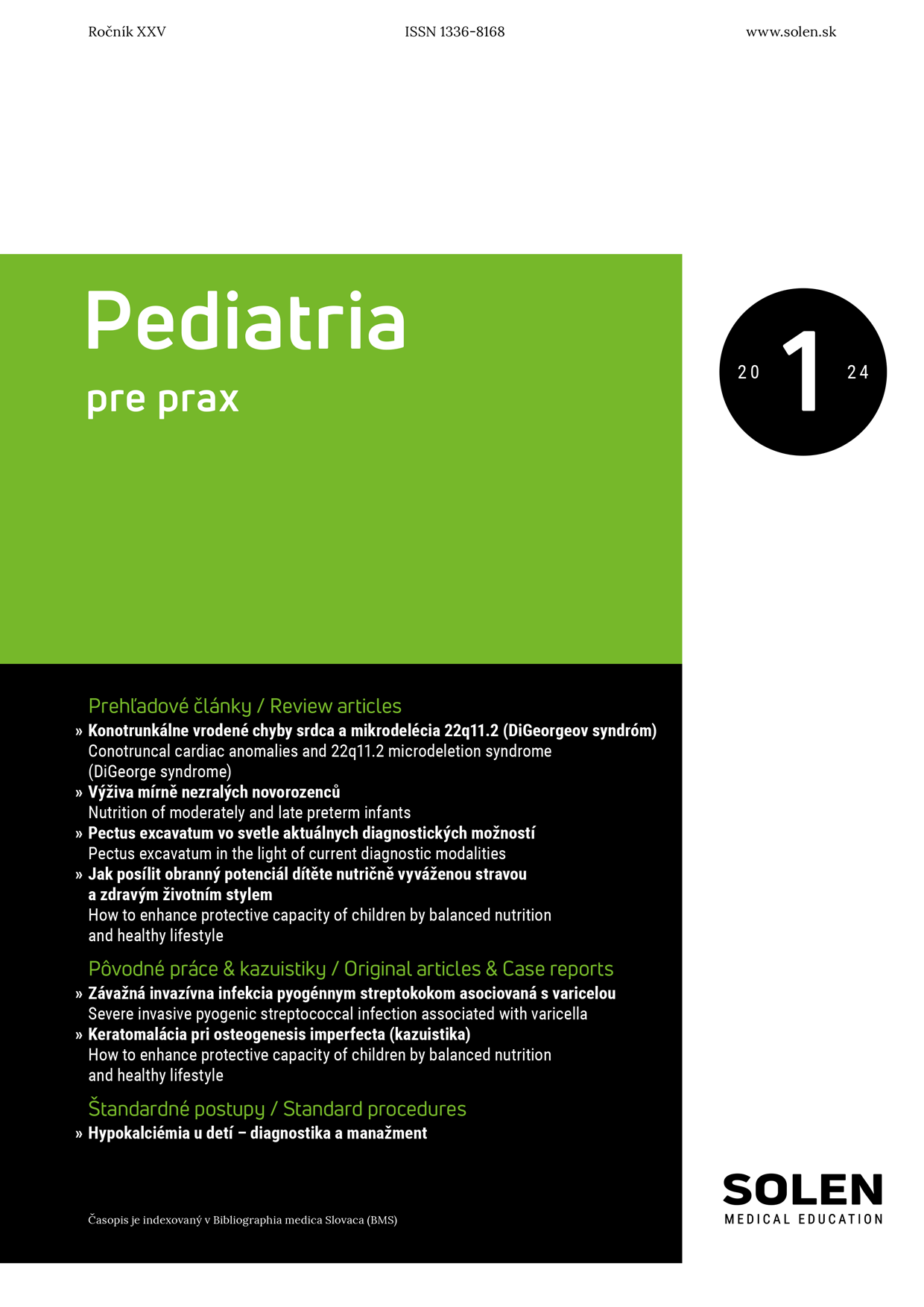
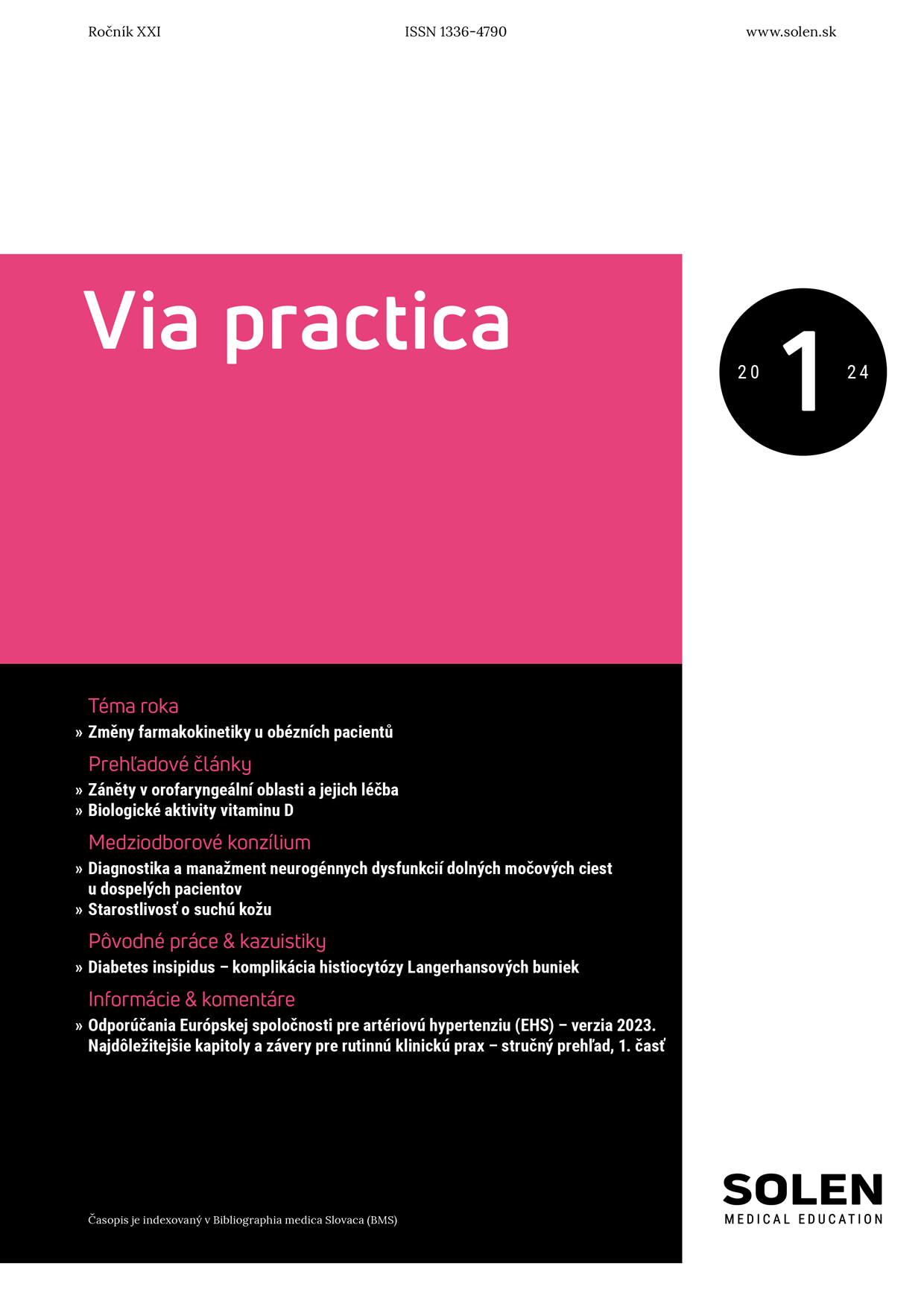
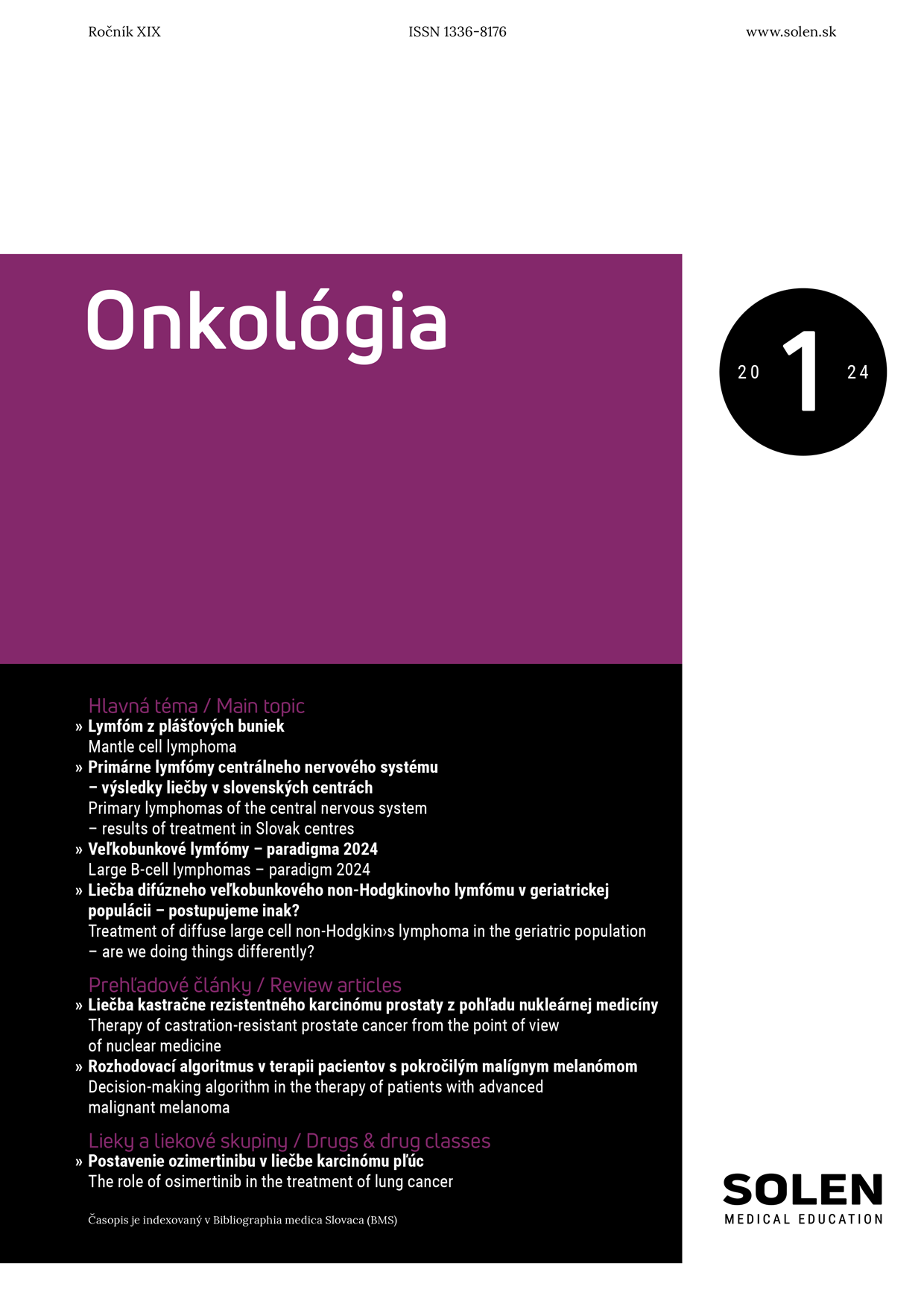
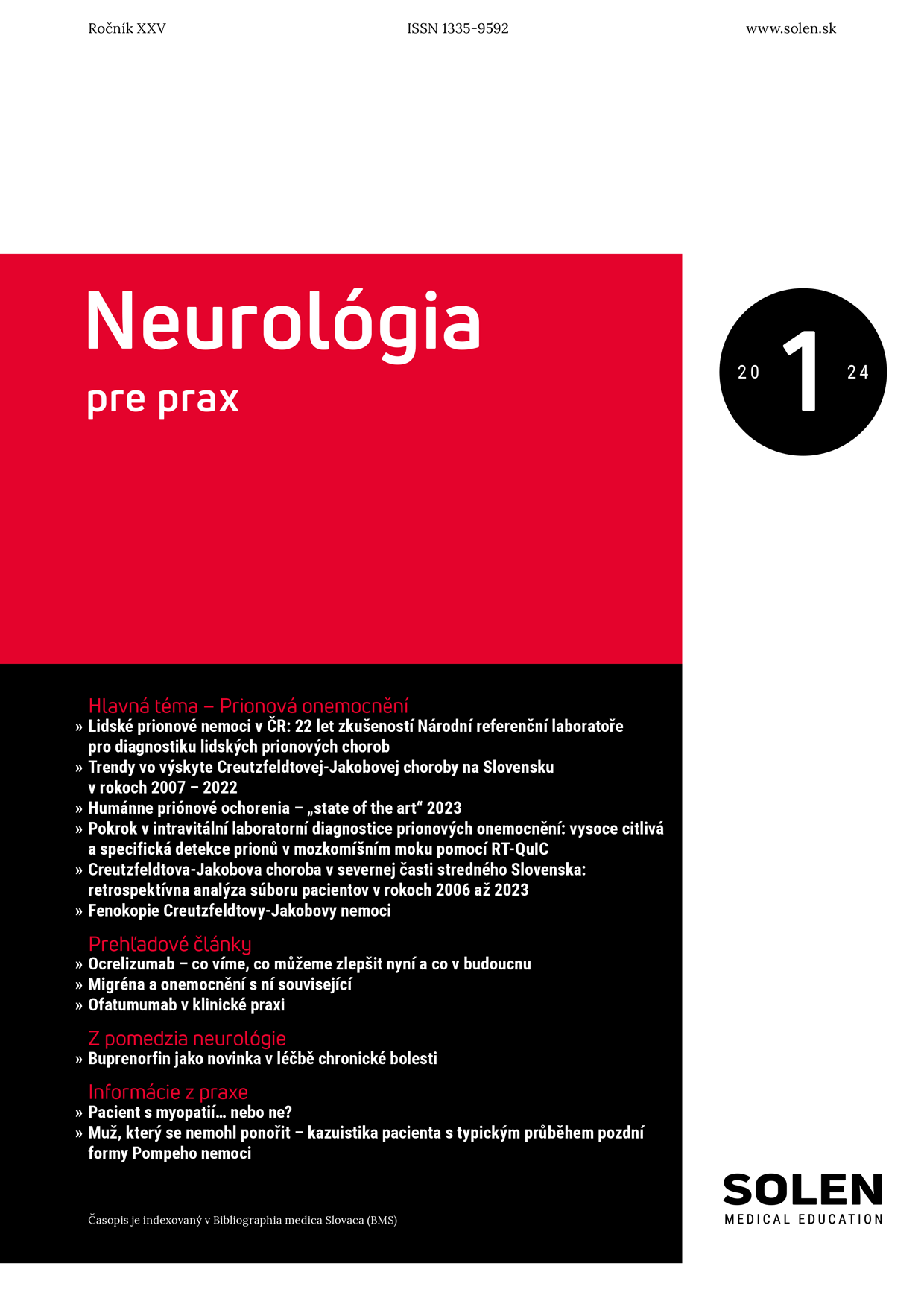
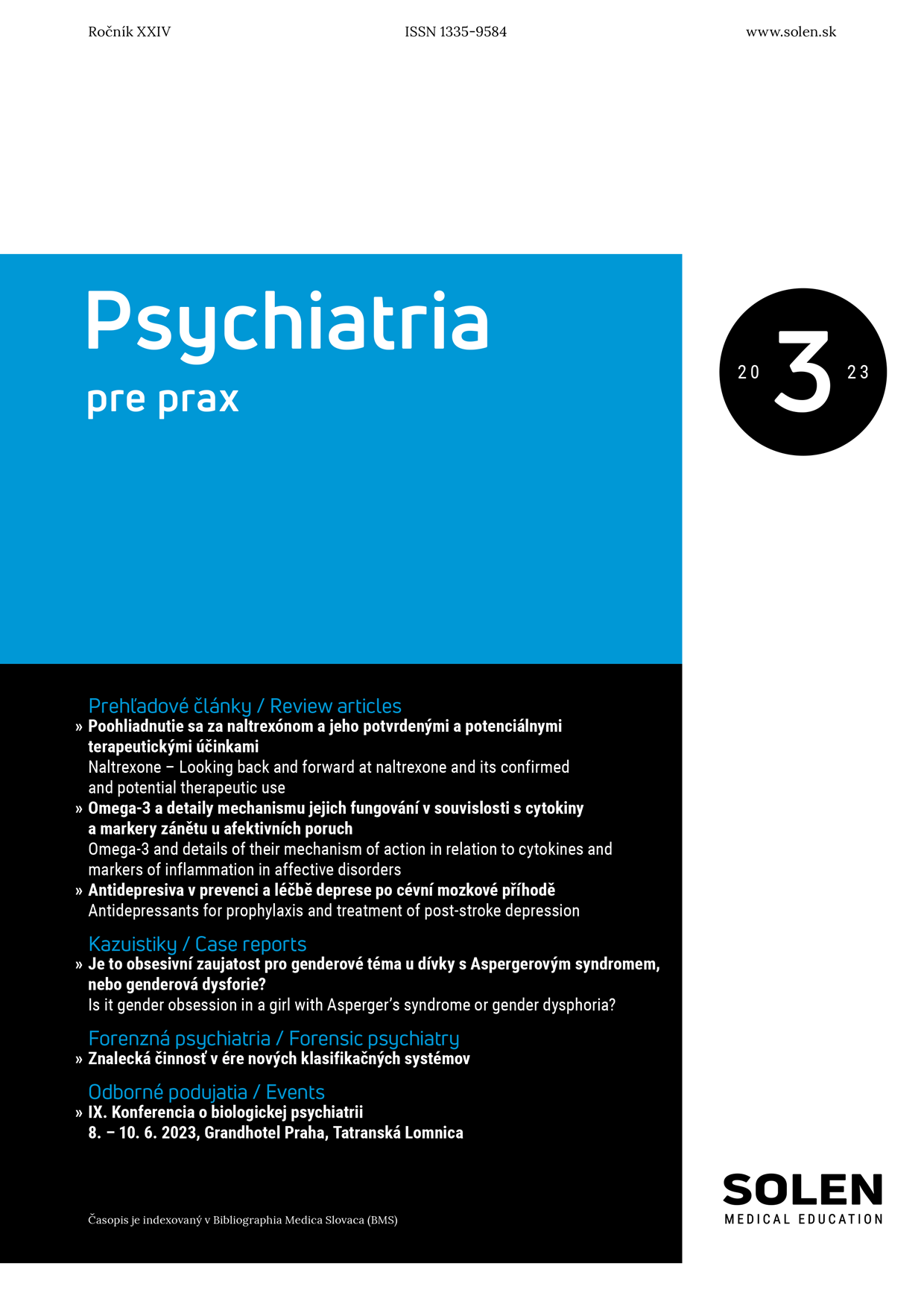
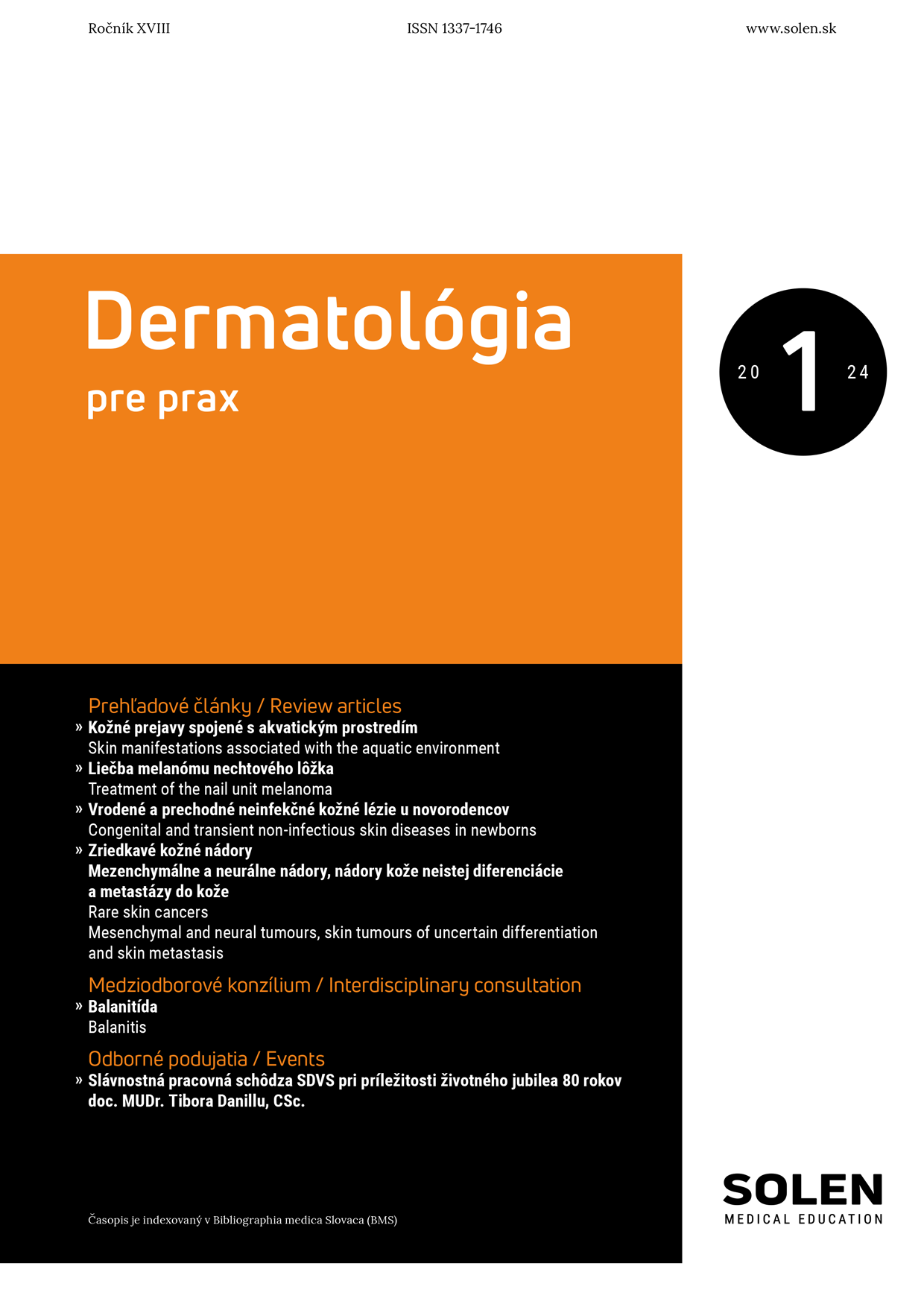
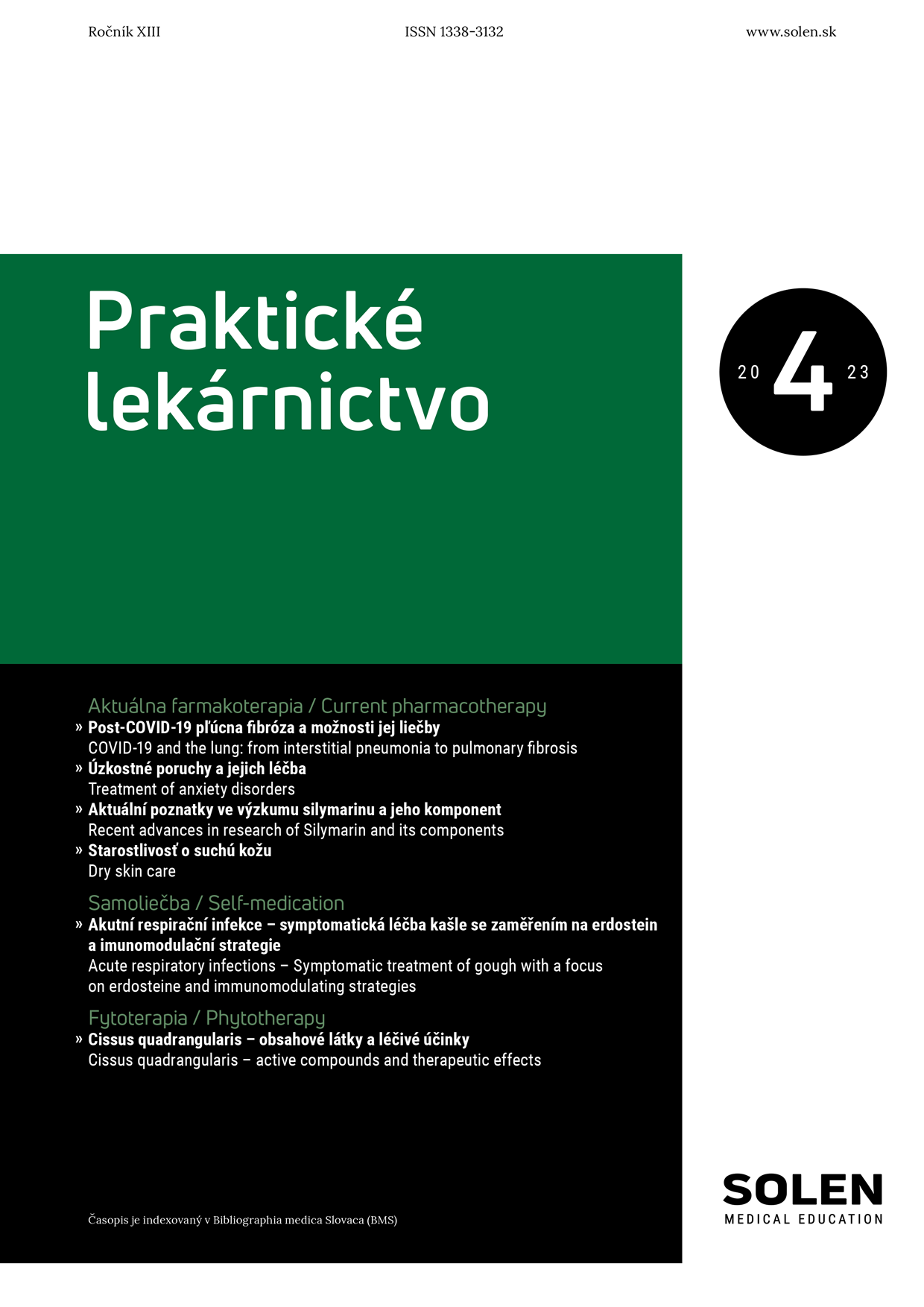
-1.png)
